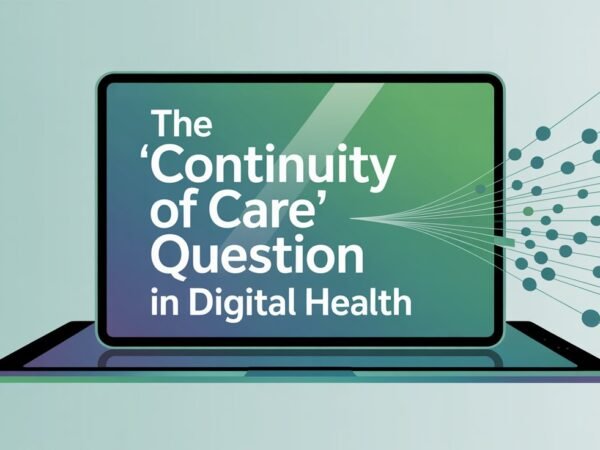Harmonize with Nature by Grounding for Health
In a world where technology dominates, there’s an increasing yearning to reconnect with nature. One such practice gaining traction in alternative health circles is grounding, also known as earthing. This fascinating approach involves connecting physically with the Earth and harnessing its energy for wellness benefits. But what is grounding, and how does it fit into the broader context of alternative health practices? Let’s explore its roots, the science supporting it, and practical ways you can incorporate it into your daily life.
Introduction to Grounding
Grounding, or earthing, is a simple yet profound practice that involves making direct physical contact with the Earth’s surface. It’s believed that this connection allows the body to absorb the Earth’s electrons, which neutralize free radicals and positively impact our health. Historically, humans lived in close connection with the earth—walking barefoot and sleeping on the ground were common practices. The disconnect began with urbanization and modern footwear, which isolates us from these natural connections.
For centuries, various cultures have recognized the importance of this link with the natural world. Indigenous traditions across the globe have long emphasized the healing properties of connecting directly with the Earth. Today, grounding is being rediscovered as people seek holistic approaches to health and wellness. With rising interest in alternative health, grounding offers a return to natural practices that align with our intrinsic need for nature.
By re-establishing this connection, grounding promises to restore balance to modern lives. But what does science say about this practice that seems to bridge ancient wisdom and contemporary wellness needs?
The Science Behind Grounding
Research into grounding has unveiled intriguing physiological effects, supporting its role in alternative health. Studies suggest that when our skin comes in contact with the Earth’s surface, we absorb electrons that exhibit antioxidant effects. These antioxidants can reduce inflammation—often implicated in chronic illnesses and aging.
The Journal of Environmental and Public Health highlights grounding’s potential to improve sleep and reduce pain. This is thought to occur because grounding helps synchronize circadian rhythms and reduces cortisol levels, our stress hormone. Additionally, a study published in the National Library of Medicine showed that grounding might enhance heart rate variability, thus indicating lower stress and better autonomic function.
Researchers postulate that grounding can aid in reducing blood viscosity, a factor linked to cardiovascular diseases. The Earth’s electrons may enhance blood flow, which improves overall cardiovascular health. While more research is needed to fully understand grounding’s mechanisms, current evidence supports its beneficial role in promoting well-being.
Benefits of Grounding
Grounding offers a myriad of health benefits that resonate with the core goals of alternative health. One of the standout benefits is its potential to reduce inflammation, a root cause of many chronic conditions. By decreasing inflammation, grounding may also alleviate associated symptoms such as pain and swelling.
Improved sleep is another significant benefit. Modern lifestyles often disrupt natural sleep patterns, but grounding may help re-align our body’s internal clock, promoting deeper, more restful sleep. This is particularly vital as quality sleep underpins overall health.
Stress reduction is a well-documented benefit of grounding. By grounding, individuals can lower their cortisol levels, enabling a state of relaxation and mental clarity. This reduction in stress not only enhances mental health but also supports immune function and general well-being.
Overall, grounding’s benefits align closely with the foundational principles of alternative health, emphasizing natural methods to enhance bodily functions and promote holistic wellness.
Ways to Incorporate Grounding into Daily Life
Integrating grounding into daily routines doesn’t require drastic changes. Simple practices can be seamlessly woven into everyday life, whether you live in a bustling city or a serene countryside. A direct way to ground is to walk barefoot on natural surfaces like grass, sand, or soil. This practice allows your feet to directly absorb the Earth’s electrons.
For those unable to spend ample time outdoors, grounding products such as mats and sheets offer indoor solutions. These products are designed to mimic the Earth’s surface, allowing you to ground while working at your desk or sleeping at night.
Consider incorporating grounding activities into your existing wellness routines. Yoga poses done in the grass or meditative breathing, while seated on the ground, can enhance the benefits of these practices, creating a holistic health routine rooted in natural elements.
Grounding for Wellness
Grounding’s role in wellness extends beyond individual benefits, as it complements other alternative health practices. It’s a natural partner to holistic therapies like acupuncture and massage, offering a grounded foundation that amplifies the effects of these treatments.
Grounding aligns with the principles of mindfulness and natural living, promoting a lifestyle that prioritizes balance and harmony with nature. By integrating grounding with mindfulness practices such as meditation and tai chi, individuals can create a comprehensive approach to wellness that nurtures both body and mind.
Collaboration with other alternative health practices empowers individuals to take charge of their health naturally, fostering resilience and vitality in today’s fast-paced world.
The Future of Grounding
Grounding’s growing popularity suggests a promising future in mainstream health and wellness. As more people seek natural solutions amid rising chronic health concerns, grounding offers an accessible, cost-effective approach that aligns with global wellness trends.
The potential for grounding to become a staple in health regimens is buoyed by increasing research and public interest. Wellness centers and spas are beginning to incorporate grounding treatments, reflecting an awareness of its benefits in holistic health offerings.
The wellness industry’s evolving landscape presents opportunities for grounding to make a lasting impact, promoting sustainable health practices that reconnect us with the Earth.
Conclusion
Grounding represents a return to nature, offering a simple, powerful practice with profound health benefits. From reducing inflammation and stress to enhancing sleep and overall well-being, grounding fits seamlessly within the framework of alternative health. Its potential to transform modern lifestyles makes it an invaluable tool for wellness enthusiasts and nature lovers alike.
By incorporating grounding into daily life, you can cultivate a deeper connection with the Earth, fostering a sense of peace and vitality. We invite you to share your own grounding experiences and explore further resources to deepen your understanding of this fascinating practice. Together, let’s harness the power of the Earth to elevate our health and well-being.













